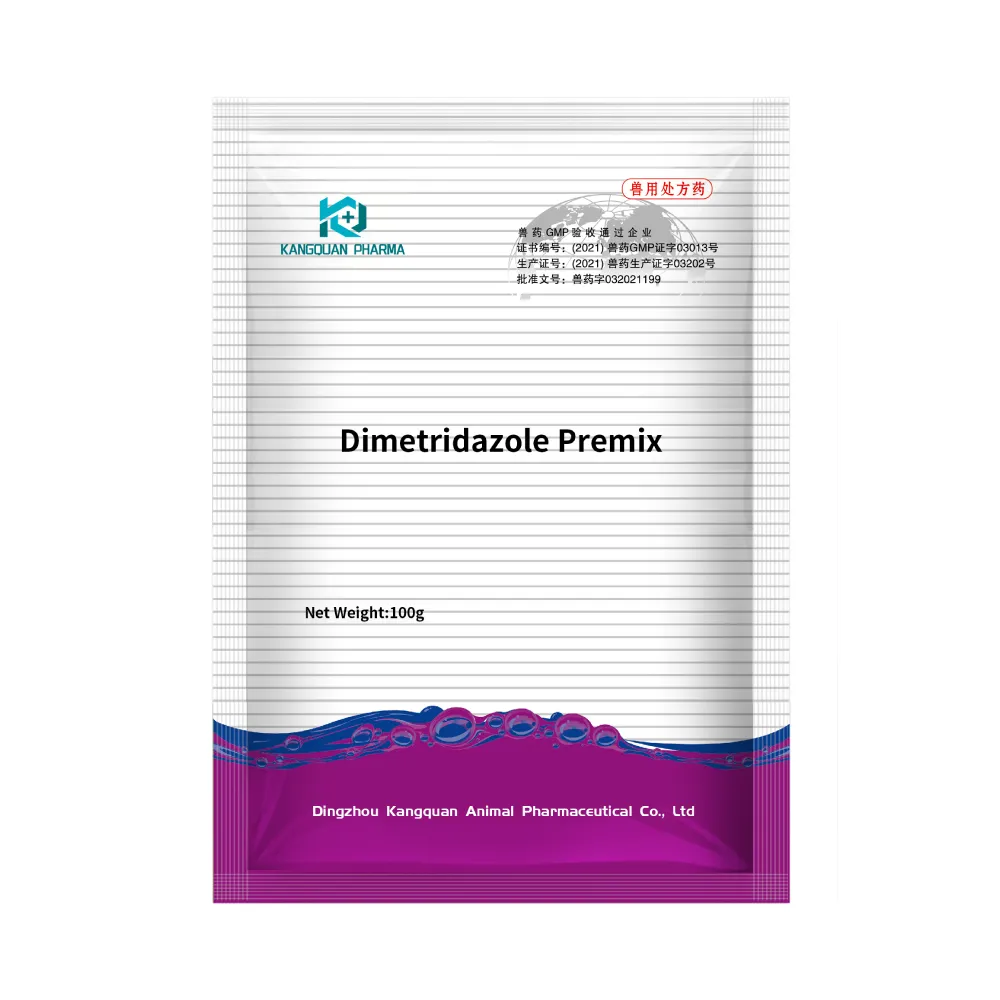- Afrikaans
- Albanian
- Amharic
- Arabic
- Armenian
- Azerbaijani
- Basque
- Belarusian
- Bengali
- Bosnian
- Bulgarian
- Catalan
- Cebuano
- Corsican
- Croatian
- Czech
- Danish
- Dutch
- English
- Esperanto
- Estonian
- Finnish
- French
- Frisian
- Galician
- Georgian
- German
- Greek
- Gujarati
- Haitian Creole
- hausa
- hawaiian
- Hebrew
- Hindi
- Miao
- Hungarian
- Icelandic
- igbo
- Indonesian
- irish
- Italian
- Japanese
- Javanese
- Kannada
- kazakh
- Khmer
- Rwandese
- Korean
- Kurdish
- Kyrgyz
- Lao
- Latin
- Latvian
- Lithuanian
- Luxembourgish
- Macedonian
- Malgashi
- Malay
- Malayalam
- Maltese
- Maori
- Marathi
- Mongolian
- Myanmar
- Nepali
- Norwegian
- Norwegian
- Occitan
- Pashto
- Persian
- Polish
- Portuguese
- Punjabi
- Romanian
- Russian
- Samoan
- Scottish Gaelic
- Serbian
- Sesotho
- Shona
- Sindhi
- Sinhala
- Slovak
- Slovenian
- Somali
- Spanish
- Sundanese
- Swahili
- Swedish
- Tagalog
- Tajik
- Tamil
- Tatar
- Telugu
- Thai
- Turkish
- Turkmen
- Ukrainian
- Urdu
- Uighur
- Uzbek
- Vietnamese
- Welsh
- Bantu
- Yiddish
- Yoruba
- Zulu
Nov . 11, 2024 10:59 Back to list
oxytetracycline dihydrate injection
Oxytetracycline Dihydrate Injection An Essential Antibiotic in Veterinary and Human Medicine
Oxytetracycline dihydrate injection is a broad-spectrum antibiotic that belongs to the tetracycline class of drugs, which are widely used in both human and veterinary medicine. This antibiotic works by inhibiting protein synthesis in bacteria, effectively stopping their growth and replication. Given its effectiveness against a range of bacterial infections, oxytetracycline dihydrate has become an important tool in the treatment of various diseases.
Mechanism of Action
Oxytetracycline exerts its antimicrobial effects by binding to the 30S ribosomal subunit of bacteria, preventing the attachment of aminoacyl-tRNA to the mRNA-ribosome complex. This inhibition of protein synthesis is crucial, as it disrupts the bacteria's ability to produce essential proteins necessary for their survival. Moreover, oxytetracycline exhibits bacteriostatic properties, meaning it halts bacterial growth rather than killing the bacteria outright. This mechanism allows the host's immune system to more effectively combat the infection.
Indications for Use
Oxytetracycline dihydrate injection is indicated for the treatment of a variety of infections caused by susceptible microorganisms. It is particularly effective against gram-positive and gram-negative bacteria, as well as certain protozoa. Conditions treated with this antibiotic include respiratory infections, skin infections, urinary tract infections, and some forms of gastroenteritis. In veterinary medicine, it is widely used for respiratory diseases in livestock, mastitis in dairy cattle, and other bacterial infections in animals.
Dosage and Administration
The dosage of oxytetracycline dihydrate injection varies based on the severity of the infection, the type of bacteria involved, and the particular patient being treated. In human medicine, the common dosage is typically determined by a healthcare provider, while in veterinary applications, it may depend on the species and size of the animal. The injection is typically administered intramuscularly, although intravenous administration may also be applicable in certain situations. It is crucial that patients or animal owners follow the dosage instructions provided by healthcare professionals to avoid potential side effects or antibiotic resistance.
oxytetracycline dihydrate injection

Side Effects and Precautions
While oxytetracycline dihydrate is generally considered safe, it can cause side effects in some patients. Common side effects may include nausea, vomiting, diarrhea, and allergic reactions. In rare instances, it can lead to more severe reactions, such as liver damage or anaphylaxis. It is essential for patients to inform their healthcare provider of any existing conditions, allergies, or other medications they may be taking to avoid adverse interactions.
Another important consideration with tetracyclines is their effect on dental health. In children, exposure to tetracycline antibiotics during tooth development can result in permanent discoloration of teeth. As such, oxytetracycline dihydrate is generally contraindicated in pregnant women and young children unless absolutely necessary.
Antibiotic Resistance
One of the growing concerns regarding the use of antibiotics, including oxytetracycline dihydrate, is the potential for antibiotic resistance. Overuse and misuse of antibiotics can lead to the emergence of resistant bacterial strains, making infections more difficult to treat. It is crucial for healthcare providers to prescribe this antibiotic judiciously, ensuring that it is only used when absolutely necessary. Patients must also adhere to their prescribed treatment regimens and complete the full course of therapy to minimize the risk of resistance development.
Conclusion
In summary, oxytetracycline dihydrate injection is a versatile antibiotic with significant clinical applications in both human and veterinary medicine. Its mechanisms of action and extensive range of indications make it an essential tool in fighting bacterial infections. However, careful consideration of its use, potential side effects, and the risk of antibiotic resistance is necessary to ensure that it remains a viable option for treating infections in the future. As with all medications, proper usage, monitoring, and adherence to guidelines are paramount in maximizing efficacy while safeguarding public health.
-
Guide to Oxytetracycline Injection
NewsMar.27,2025
-
Guide to Colistin Sulphate
NewsMar.27,2025
-
Gentamicin Sulfate: Uses, Price, And Key Information
NewsMar.27,2025
-
Enrofloxacin Injection: Uses, Price, And Supplier Information
NewsMar.27,2025
-
Dexamethasone Sodium Phosphate Injection: Uses, Price, And Key Information
NewsMar.27,2025
-
Albendazole Tablet: Uses, Dosage, Cost, And Key Information
NewsMar.27,2025













